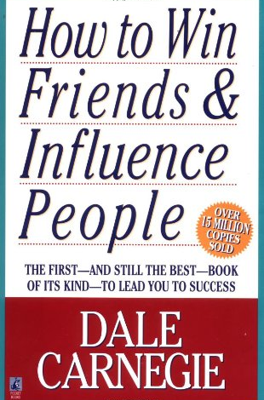The Movies Do It. Tv Does It. Why Don’t You Do It?
Key Concepts
- Power of Dramatization: Emphasizing the importance of making a presentation more vivid, interesting, and dynamic to capture attention and effectively communicate your message, mirroring techniques used in movies and TV.
Practical Advice
- Utilize Showmanship: Adopt dramatic techniques in presenting ideas or products, as this can significantly increase interest and engagement, leading to more successful outcomes whether in business or personal interactions.
Examples from the Chapter
The Philadelphia Evening Bulletin: Used a book compilation of a single day's publications to successfully counteract malicious rumors about its content quality, demonstrating the impact of transforming data into a tangible, dramatic format.
Rat Poison Sales Increase: A display using live rats markedly boosted sales, exemplifying how dramatization in marketing can lead to immediate and impressive results.
Jim Yeamans' Sales Technique: Demonstrated the cost of outdated cash registers to a grocer by dramatically dropping pennies on the floor, which effectively drew the business owner's attention and resulted in a sale.
Personal Example of Mary Catherine Wolf: Secured a much-needed meeting with her boss by sending a dramatized formal request, proving that creative approaches can overcome bureaucratic hurdles.
James B. Boynton's Market Report: Instead of presenting dry data, Boynton used physical products tagged with key research findings to engage a major client, illustrating that dramatization can transform potentially contentious meetings into collaborative discussions.
Principle to Follow
- Principle 11: Dramatize your ideas. Employ elements of drama and showmanship to make your presentations more engaging and memorable, thus enhancing the effectiveness of your message.
